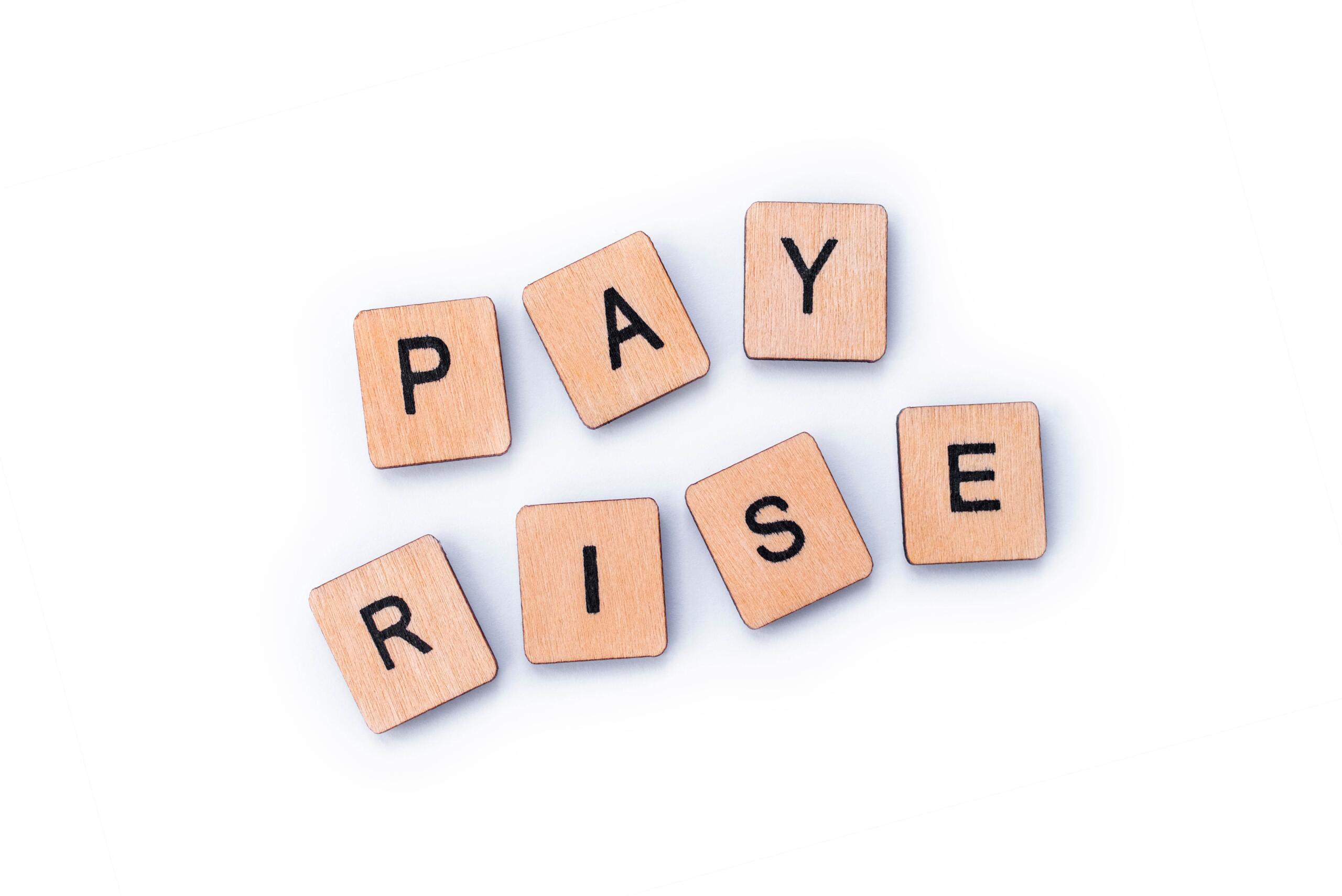
Public sector members newsflash
Effective from 1 October 2023 the Victorian Department of health has placed strict limitations on COVID-19 special paid leave.
The department’s guidance can be read via https://anmfvic.asn.au/covidemployment
In summary, special paid leave is now only available for those who have exhausted their personal leave (and, on a case-by-case basis, regular casual staff who have not accrued personal leave).
ANMF has successfully delayed this decision for four months, but the Victorian Government has made its position clear that COVID-19 special leave will not be maintained in its current form as separate and additional leave.
The health unions put an alternate proposal to the Health Minister which would have ensured that affected staff had 12 months of accrued personal leave remaining. This has not been agreed.
Instead, we have been advised that health workers must use their own personal leave unless they don’t have the required five days accrued (see below).
While ANMF is disappointed with the new arrangements, we acknowledge they remain more generous than other states. ANMF (Vic Branch) understands that Victoria was the only state/territory that provided special paid pandemic leave to nurses and midwives, and has done so for three and a half years.
The Deputy Chief Health Officer has reinforced advice that:
- COVID positive staff are required to furlough for at least five days and can return on day six (provided acute symptoms have resolved).
- Returning staff will need to wear a N95/P2 respirator upon their return for up to ten days from the onset of symptoms. Details of post-return mitigation strategies will be provided on the department website to clarify the length of time masks are to be worn upon return to work.
- Asymptomatic cases (e.g. close contacts undertaking a test) should stay home for at least five days from the date of taking a positive test (returning day six).
- A close contact of a COVID-19 case should check with their employer about testing and additional transmission mitigation measures during their seven-day close contact period.
The department has confirmed that an employee’s right to make a WorkCover claim is not prejudiced by the employee seeking, or being paid, special leave.
Personal (sick) leave
An ongoing (full-time or part-time) employee, unwell with COVID-19 symptoms and/or tested positive for COVID-19, is entitled to access their paid personal (sick) leave entitlements under clause 61 of the Victorian Public Sector Nurses and Midwives Enterprise Agreement 2020.
This includes if the employee has no symptoms, because COVID-19 is an “illness” for the purpose of sick leave entitlements and the employee may be infectious.
Special leave in certain circumstances
A full-time or part-time employee who tests positive for COVID-19, but does not have sufficient sick or personal leave to cover some or all of the period they need to stay home, will qualify for special leave.
In that case you will be paid COVID-19 special leave for either the five days or the relevant number of days to make up the five days required for isolating. For example, if you have only two days personal leave accrued – then you would get three days of paid COVID-19 special leave. Nurses and midwives can’t be required to use annual leave or other leave – only personal leave.
Payment is conditional on compliance with notice and evidence requirements at clause 61.5 of the Victorian Public Sector Nurses and Midwives Enterprise Agreement 2020.
Where an employer imposes an isolation period in excess of five days, special paid leave must be granted for the additional days.
Support by employers
Employers are expected to do all that is reasonably practicable to support the staff member to remain away from the workplace in accordance with public health advice. This means employers must ensure that all options are explored to enable the employee to work from home if they are not unwell, undertaking normal duties, alternative duties or training for the required isolation period.
Where alternative options are not available, and the employee does not have enough sick leave to cover some or all of the period they need to stay home, the employee is entitled to be paid special leave for the portion that cannot be covered by paid sick leave.
Casual employees
Where a casual employee is required to be absent from work, the employer may make arrangements with that person to work from home for some or all of the relevant period where it is reasonable and practical to do so.
Where working from home is not practical, employers should assess whether to provide casual employees with paid special leave on a case-by-case basis, taking into account:
- whether the casual has been employed and working for the health service on a regular and systematic basis for at least three months, and is anticipated to continue to be employed on a regular and systematic basis; and
- the likely work pattern for the employee concerned had there not been public health advice recommending they be absent.
The decision will be reviewed and considered on 31 January 2024 following an evaluation by the Department of Health. Health unions will be involved in this process.



